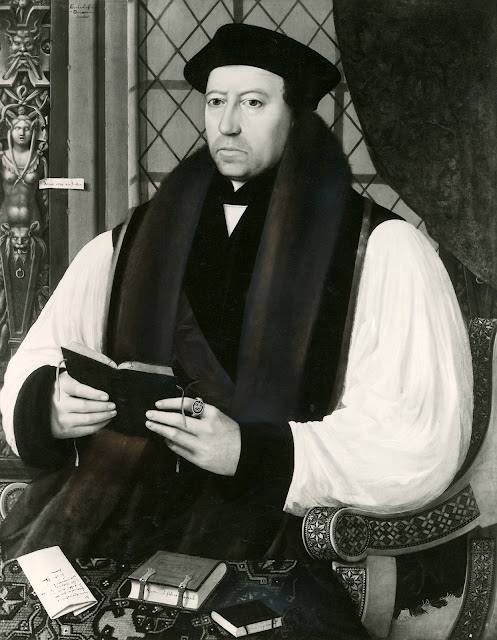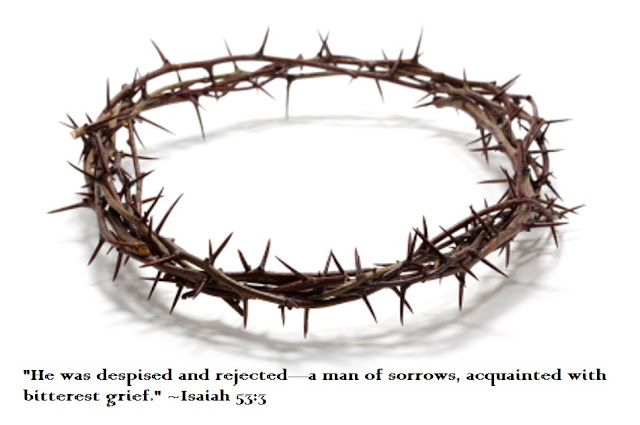Posts
Fox's Book of Martyrs: Hugh Laverick, John Aprice, Catherine Hut, Joan Horns, Elizabeth Thackwel, Thomas Dowry, Thomas Spicer, John Denny, Edmund Poole
- Get link
- Other Apps
Fox's Book of Martyrs: The Worthies of Essex
- Get link
- Other Apps
Fox's Book of Martyrs: Agnes Potten, Joan Trunchfield, John Maundrel, William Coberly, John Spicer
- Get link
- Other Apps
FOX'S BOOK OF MARTYRS: DR. THOMAS CRANMER (2)
- Get link
- Other Apps
Fox's Book of Martyrs: Dr. Thomas Cranmer (1)
- Get link
- Other Apps
Fox's Book of Martyrs: John Lomas, Agnes Snoth, Anne Wright, Joan Sole, and Joan Catmer.
- Get link
- Other Apps
Fox's Book of Martyrs: Rev. T. Whittle, B. Green, T. Brown, J. Tudson, J. Ent, Isabel Tooster, and Joan Lashford.
- Get link
- Other Apps





